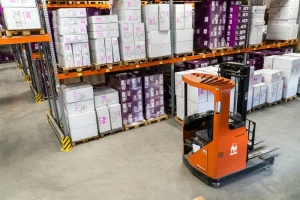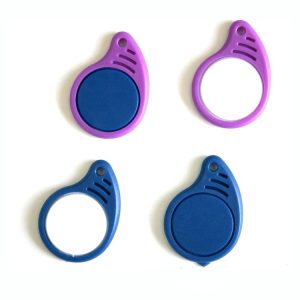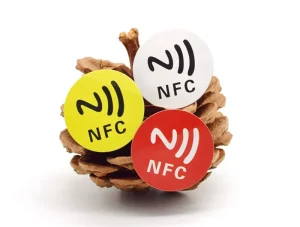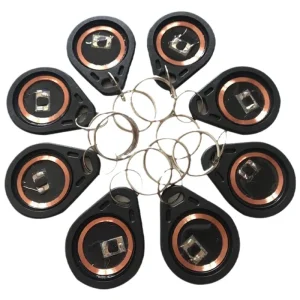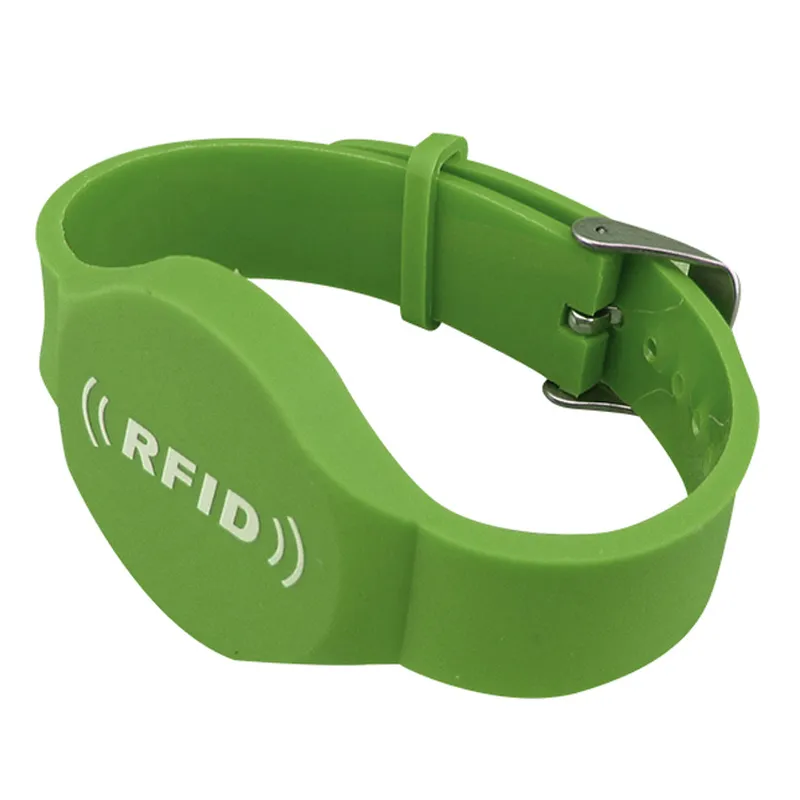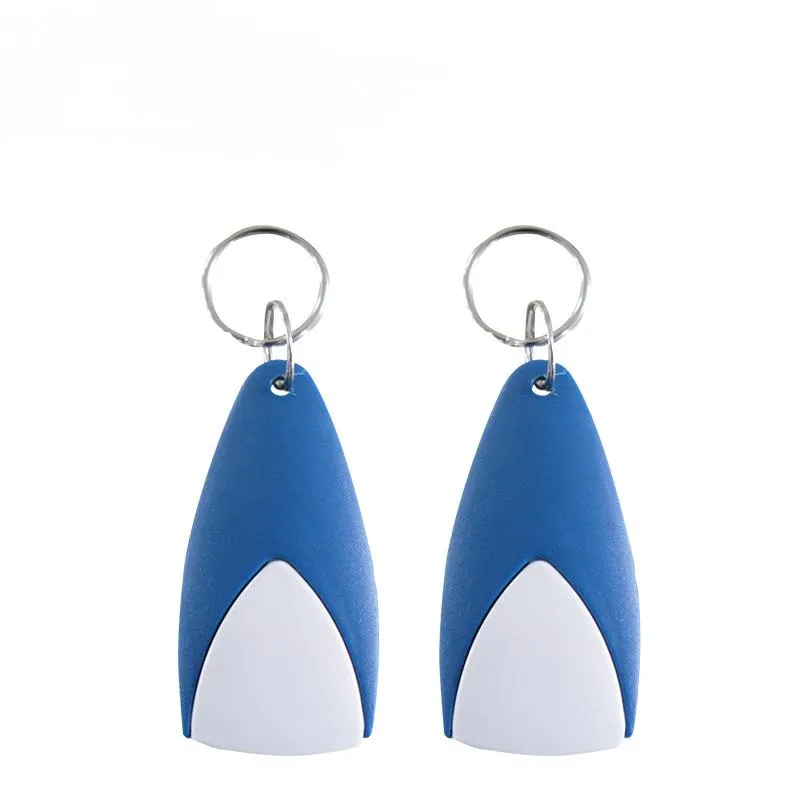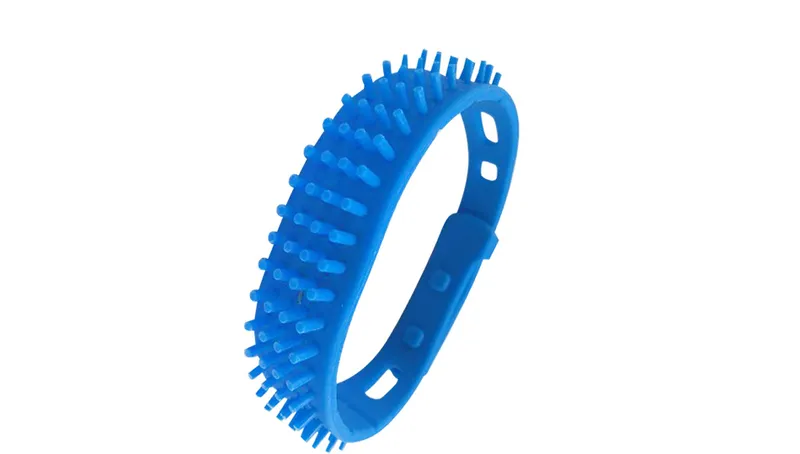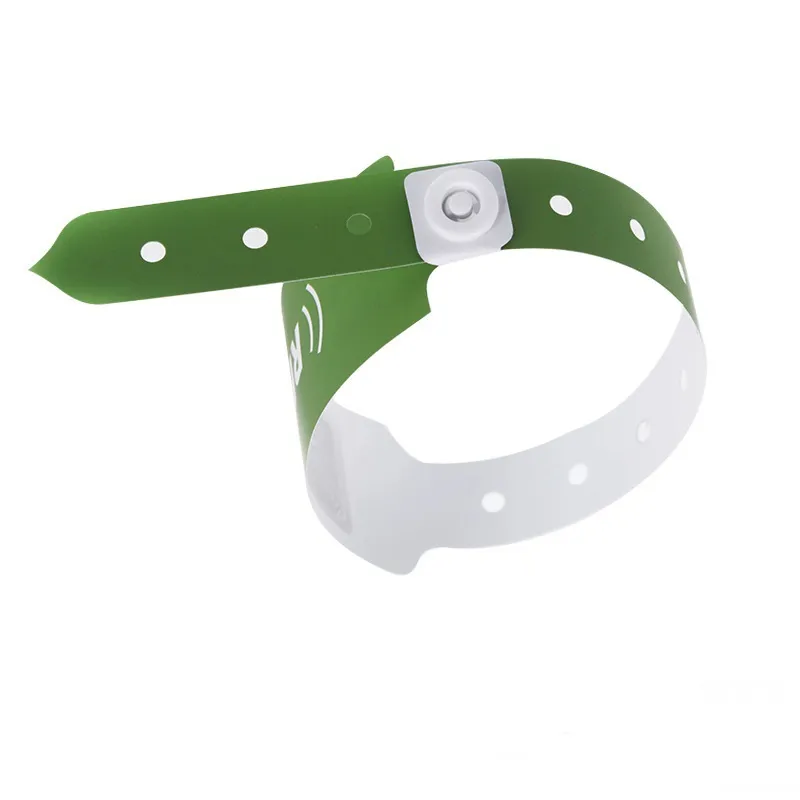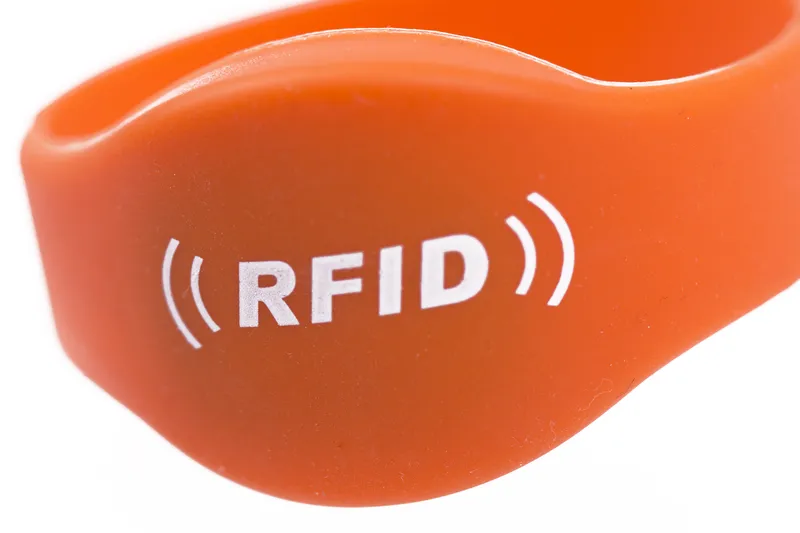LF tag reader
NGA KAUPAPA
Hua kua tohua
RFID Tracking Manufacturing
RFID tracking manufacturing uses wireless radio frequency identification technology to…
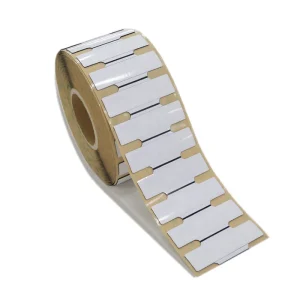
Soft Anti Metal Label
Soft anti-metal label are crucial for asset management and transportation,…
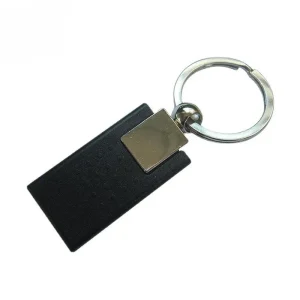
RFID Keychain Tag
RFID Keychain Tags are durable, waterproof, dust-proof, moisture-proof, and shock-proof…
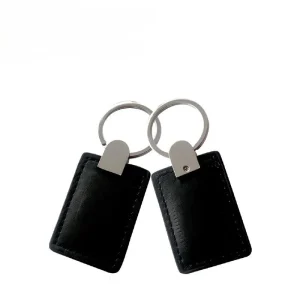
Fob matua hiako mo RFID
The Leather key fob for RFID is a stylish and…
Nga Korero Hou
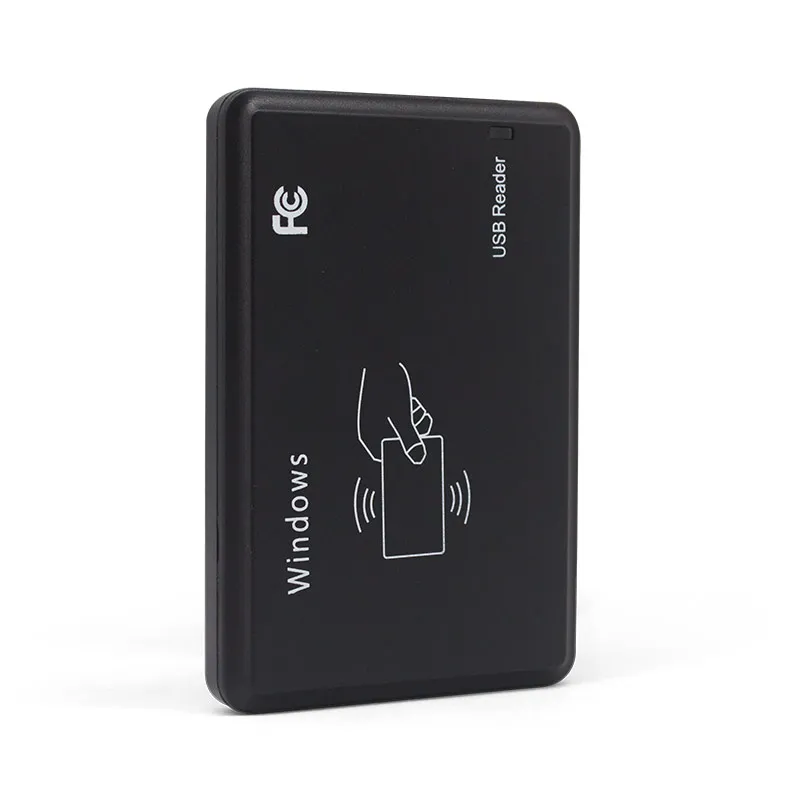
Whakaahuatanga Poto:
The RS20D card reader is a plug-and-play device with high performance, long-distance card reading, and a simple, easy-to-use appearance. It is popular in automatic parking management systems, personal identification, access control controllers, and production access control. The reader uses modern radio frequency identification technology to eliminate data transmission mistakes and is easy to integrate into diverse systems. It can recognize RFID tags on vehicles, perform automatic vehicle identification, and perform personal identification in access control and employee attendance scenarios. It can be installed via USB and has LED indicators for standby and successful reading.
A faaite mai:
Taipitopito Hua
The high-performance LF tag reader RS20D has several applications and market demand. No driver required, high performance, long-distance card reading, simple and easy-to-use appearance, and stable and reliable data make it popular in automatic parking management systems, personal identification, access control controllers, production access control, me etahi atu mara. As RFID technology develops and becomes more mainstream, the RS20D card reader will demonstrate its distinct benefits in more sectors.
Product Features
- No driver needed: The RS20D card reader is plug-and-play, simplifying user usage.
- High performance: At 125Khz, the card reader reads stable and transmits data accurately.
- Long-distance card reading: The card reading distance may exceed 80mm, making it easier for users to read cards.
- RS20D’s simple and attractive design makes it easy to incorporate into diverse systems and delivers an excellent working experience.
- Data stability and reliability: The card reader employs modern radio frequency identification technology to eliminate data transmission mistakes.

Parameters
| project | parameter |
| Model | RS20D (LF-ID Reader) |
| Auautanga | 125Khz |
| Support cards | Em4100, TK4100, SMC4001 and compatible card |
| Output format | 10-digit dec (Default output format)
(Allow user to customize the output format) |
| Rahi | 104mm×68mm×10mm |
| Tae | Pango |
| Interface | USB |
| Power Supply | DC 5V |
| Operating Distance | 0mm-100mm (related to the card or the environment) |
| Service Temperature | -10℃ ~ +70℃ |
| Store Temperature | -20℃ ~ +80℃ |
| Working humidity | <90% |
| Read time | <200ms |
| Read interval | <0.5S |
| Weight | About 140G |
| Cable length | 1400mm |
| Material of reader | ABS |
| Operating System | Win XP\Win CE\Win 7\Win 10\LIUNX\Vista\Android |
| Indicators | Double Color LED (Red & Kakariki) and Buzzer
(“Red” means standby, “Green” means reader success) |
Usage areas
- Automatic parking management system: The RS20D card reader can recognize RFID tags on vehicles to perform automatic vehicle identification, mana uru, and invoicing.
- Personal identification: The RS20D card reader can swiftly check and identify individuals using RFID cards in access control and employee attendance scenarios.
- Access control controller: The RS20D card reader may be used with the access control controller to regulate staff entering and departing and increase security and convenience.
- Production access control: The RS20D card reader may regulate personnel and material admission and exit in factories and warehouses to maintain order and safety.

Installation and Usage
Connect the reader to the computer via the USB interface. When you hear the buzzer sound, it means that the reader has entered the self-test state, and the LED light turns red, indicating that the device is in standby mode.
Open the output software on the computer, such as Notepad, Word document or Excel spreadsheet.
Use the mouse to click at the appropriate location of the Notepad or WORD document.
Place the RFID tag in the sensing area of the reader, and the software will automatically read and output the data in the tag (usually the card number). During the reading process, the LED light will change from red to green to indicate a successful read.

Precautions
To avoid interference with RF signals, do not install the reader near magnetic or metal objects, which may seriously affect the performance of the reader.
It should be noted that if the tag remains in the sensing area of the reader after reading, the reader will not send data again and will not give any prompts.
Common Problems and Solutions
No feedback during operation:
Please first check whether the USB interface is properly inserted into the computer and ensure that the connection is firm.
Check if the RFID tag you are using is valid and confirm if it is within the reader’s reading range.
If there are other RF tags nearby, it may also affect the reading effect. Try moving other tags away.
Data errors:
Make sure the mouse is not moved during the reading process, as this may interfere with the reading of the data.
Check if the reader is in a critical state, such as low battery or unstable signal, which may cause data errors.
Check the length of the cable connecting the reader and the computer. A long cable may introduce interference or signal attenuation, resulting in inaccurate data reading. If possible, try to use a shorter cable for connection.
![Kaihanga Rfid Tag [rarawe | ĀeM | Ōrere]](https://www.fjrfidfactory.com/wp-content/uploads/2024/04/logo.webp)
